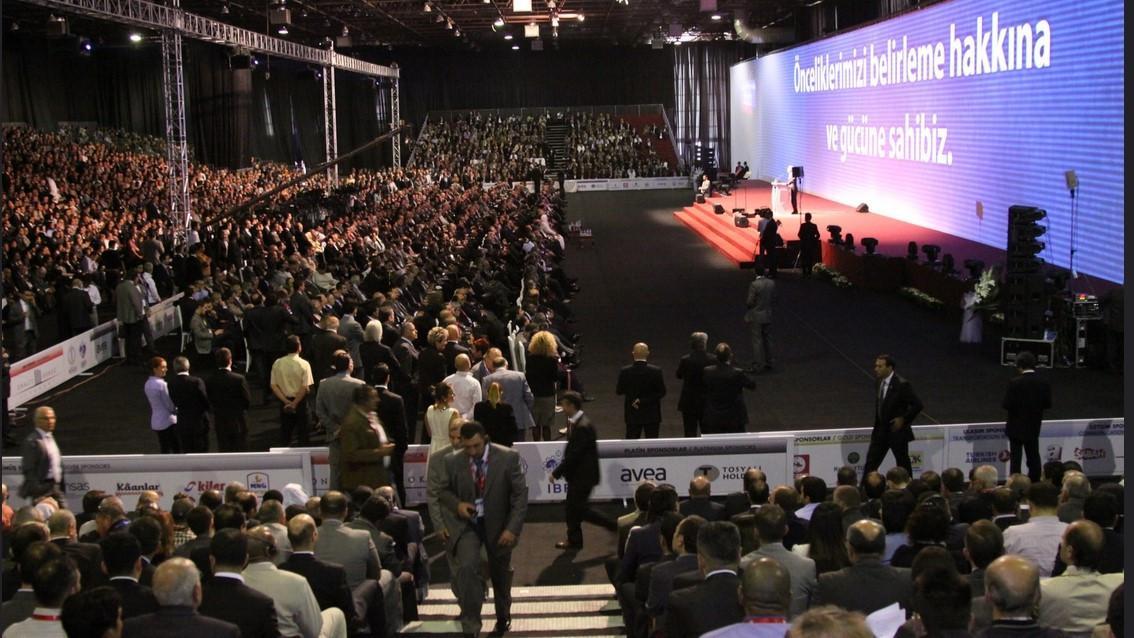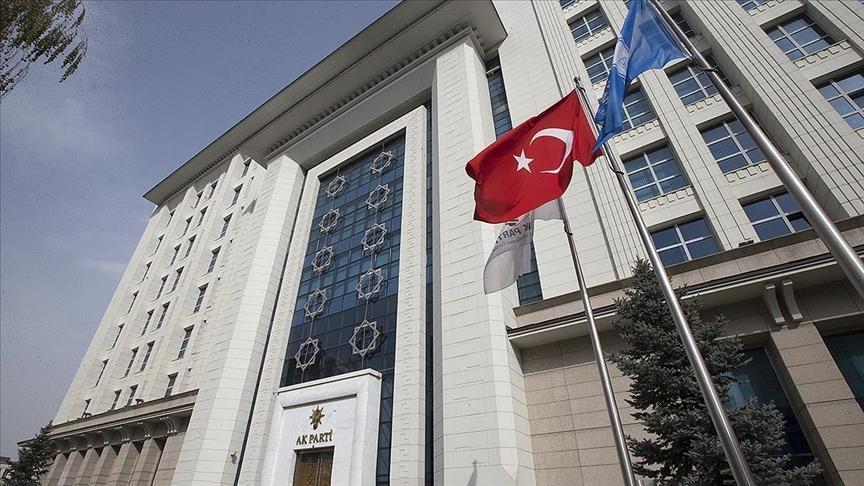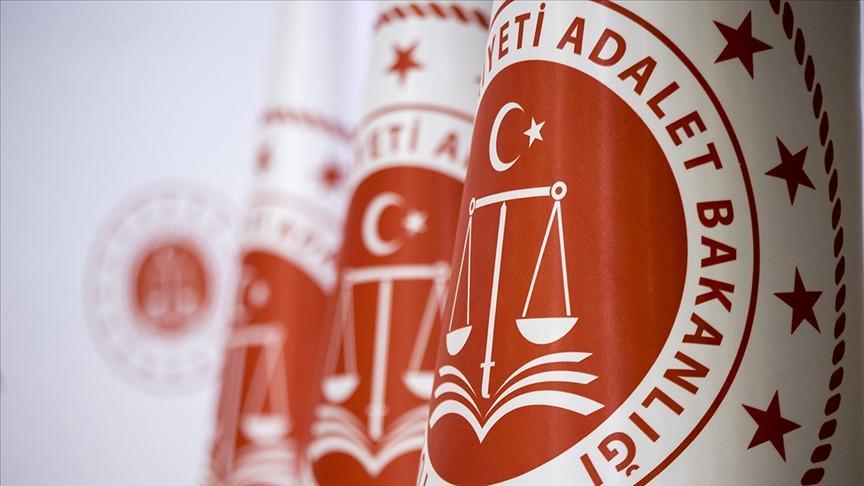Taxpayer funds flowed to Goldman, Deutsche
Bloomberg
American International Group, under pressure to reveal how it spent billions of dollars in taxpayer funds since its September bailout, said $105 billion flowed to U.S. states and banks including Goldman Sachs Group, Societe Generale and Deutsche Bank.Banks that bought credit-default swaps or traded securities with AIG got $22.4 billion in collateral, $27.1 billion in payments from a U.S. entity to retire the derivatives, and $43.7 billion tied to the securities-lending program, AIG said Sunday. States led by California and Virginia got $12.1 billion tied to guaranteed investment contracts.
"It puts a sour taste in the American taxpayer’s mouth, but you have to look at that in terms of the bigger picture," said Donald Powell, chairman of the Federal Deposit Insurance Corp. from 2001 until 2005. "If you’re going to have any chance of recovery you probably have to stay with it."
The disclosure may fuel a backlash over AIG’s bailout, valued at about $160 billion as of March 2, which has already drawn expressions of anger and frustration from Congress, Treasury officials and Federal Reserve Chairman Ben S. Bernanke. AIG was lambasted on Sunday for awarding $165 million in retention pay to employees of the unit that sold the swaps, deals that helped trigger the global credit crisis. AIG has said it plans to spend as much as $1 billion to keep people from leaving as it sells units.
Top beneficiaries
Goldman Sachs led beneficiaries, with $12.9 billion, followed by SocGen, France’s No. 3 bank, with $11.9 billion, and Deutsche Bank, Germany’s biggest lender, with $11.8 billion.
"I was happy to see that AIG finally handed over the counterparty information we’ve been requesting for months," said Representative Elijah Cummings, a Maryland Democrat on the House Oversight Committee. "However, I am deeply concerned that Goldman Sachs received so much money from AIG considering the relationships between the two companies. We will certainly be investigating this further to ensure that this is merely a coincidence."
Henry Paulson, former CEO of Goldman Sachs, made the decision to save AIG while he was Treasury Secretary. He appointed AIG CEO Edward Liddy, formerly CEO of Allstate, whom he knew from the executive’s service on the board of Goldman Sachs.
The collateral payments were made from the government’s initial $85 billion emergency loan to AIG. The firm almost collapsed in September after credit-rating downgrades triggered payments to banks that had bought swaps. AIG got another $37.8 billion in October when its securities lending program, which invested in subprime securities, had a cash shortfall.
Biggest corporate loss
AIG’s third bailout, in November, totaled $150 billion and included the government-created Maiden Lane facilities to wind down contracts tied to some of the insurer’s swaps and securities lending program. The company needed its rescue revised again this month, easing previous loans, swapping units to pay down debt and providing a new $30 billion credit line after AIG posted a $61.7 billion fourth-quarter loss, the biggest in U.S. history.
AIG’s disclosure came after consultation with the Fed and is intended to provide transparency for the use of government funds, the company said in its statement. In a prepared statement, the Fed thanked AIG "for finding a balance between its concerns with confidentiality and the concerns of the public interest that may be served through the release of this information."
The Fed’s stance was at odds with the view earlier this month of Fed Vice Chairman Donald Kohn. He told senators at a March 5 hearing that the counterparties should be kept secret, saying that releasing the names would drive business away from AIG and worsen turmoil in financial markets.
"We need AIG to be stable," Kohn told the senators. "I would be very concerned that if we gave out the names of counterparties here."
















